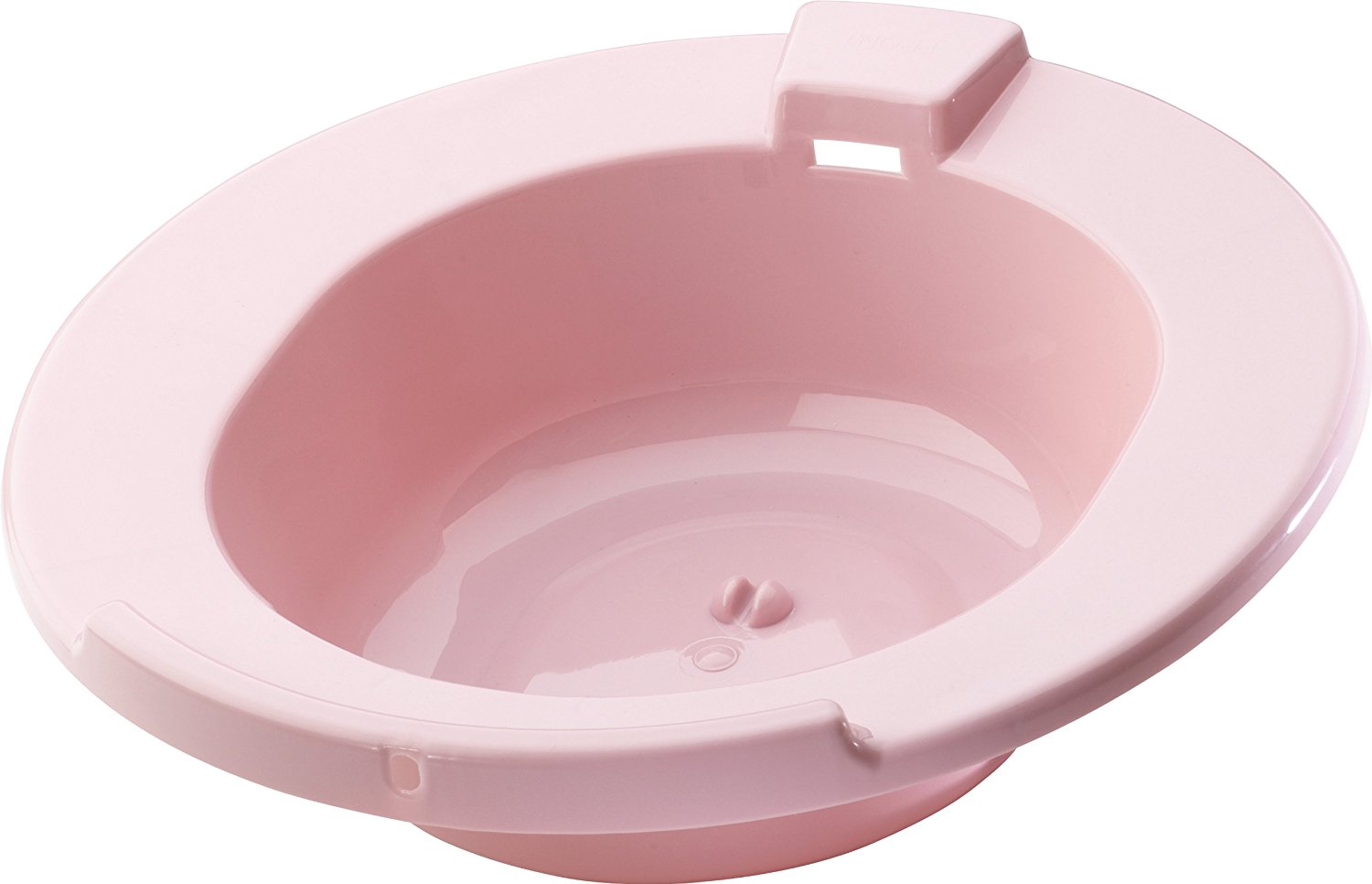Epididymitis is an inflammation of the epididymis, a tube located at the back of the testicles. The role of the epididymis is to store and carry the sperm. In certain cases, this tube can get inflamed and swollen, leading to pain and swelling of the testicles. Epididymitis usually affects men between the ages of 14 and 35 years old, even though it can affect men of any age. Once diagnosed with epididymitis, it is normal for you to wonder whether epididymitis is an sexually transmitted disease.
Is Epididymitis an STD?
Epididymitis is not a sexually transmitted medical condition itself. However, the bacteria causing the inflammation of the epididymis in the first place are, in most of the cases, sexually transmitted bacteria. Among sexually active men, chlamydia and gonorrhea are the two most common causes of epididymitis.
Other possible causes of epididymitis include:
- Various infections in young boys and other men who are not sexually active. Non-sexually transmitted infections can cause epididymitis.
- Chemical epididymitis when the urine flows backward into the epididymis. This usually occurs due to straining or heavy lifting.
- Trauma of the groin area
- Use of urinary catheter
- Tuberculosis. In rare cases, tuberculosis can lead to epididymitis.
- Certain medications, like amiodarone
- Surgical procedures of the groin area, prostate and bladder, etc.
Should I Tell My Partner?
Is epididymitis an STD and should you tell your partner? In cases when epididymitis is caused by sexually transmitted infections like chlamydia or gonorrhea, you should inform your partner, so she can get the necessary medical help and treatment. Also, you should be abstinent from sexual intercourse until the inflammation is cured.
What Are the Symptoms of Epididymitis?
Common signs and symptoms of epididymitis include:
- Pain in the scrotum
- Tenderness in the scrotum
- Swelling of the testicles and groin area
- Limping when walking because of pain
- Burning sensation when urinating
- Redness of the scrotum area
- Heat of the scrotum area
- Fever
- Chills
- Accumulation of watery fluid in the scrotum
- An abnormal discharge from the tip of the penis, which can be clear, white or yellow
Only one side of the scrotum is affected, even though rarely it can be bilateral epididymitis. The pain is usually more intense at the back of the testicles, but as the inflammation spreads, it tends to spread to the entire testicle, the overlying scrotum and sometimes even in the groin.
When to See a Doctor
In cases when you notice pain in the groin area, you should seek immediate medical help. This pain can be caused by an inflammation of the epididymis, but it can also be caused by testicular torsion. Also, seek medical help in cases when you have a burning sensation while urinating, an abnormal discharge from the penis, tenderness, pain and swelling of the scrotum, etc.
How Is Epididymitis Diagnosed?
Diagnosis of epididymitis is made based on your medical history, sexual activity, and physical examination. The following examinations are also often recommended:
- Urinalysis
- Urine culture
- Blood tests
- Laboratory tests
- Ultrasound of the testicles
- Radionuclide scanning, etc.
How to Treat Epididymitis
Is epididymitis an STD? No, but epididymitis can be caused by sexually transmitted infections. You usually need to take antibiotics. Make sure to take the medications just as prescribed from your doctor.
The treatment of epididymitis may take a couple of weeks. In order to relieve the discomfort, you will need to take some bed rest, apply ice packs, support the scrotum with an athletic strap and even take painkillers. In cases when the infection is not completely treated during the checkup, your doctor may prescribe you another course of antibiotics. Sometimes, it might take up to three months for epididymitis to resolve and get completely treated.
In cases when an abscess is formed, surgical treatment is necessary. In these cases, the partial or entire epididymis needs to be removed surgically, which is a procedure known as epididymectomy.
The following two remedies can also be helpful.
Take a Sitz Bath

In order to relieve the symptoms of epididymitis and to speed up the recovery, you can fill the bathtub with about 30 cm of warm water. Once the bathtub is filled, sit there for about 30 minutes. Taking a sitz bath will help you recover faster.
Try Herbal Medicines

Three herbs have been found helpful when treating epididymitis.
- Pulsatilla – It is available in the form of an infusion or tincture. It is well known that the pulsatilla herb helps reduce the inflammation. If you want to prepare an infusion, take one teaspoon of dried herb and one cup of water. Boil the herb for about 15 minutes in the water. If you want to use it as a tincture, you can use 1 or 2 ml of tinctures three times a day.
- Horsetail – This is another herb with great anti-inflammatory and antimicrobial properties. With horsetail leaves, you can prepare a cup of tea.
- Echinacea – The herbal medicine can be used to make tea. It’s known for its anti-inflammatory properties.
How to Prevent Epididymitis
Is epididymitis an STD? No, but it is still a troublesome and embarrassing disease. You can prevent it in the first place.
- Having safe sex can help decrease the risk of developing an epididymitis. Use a condom or avoid having multiple partners at the same time.
- If you have recurrent infections of the urinary tract, consult your doctor on how to prevent and eliminate the risk factors that can lead to epididymitis.
